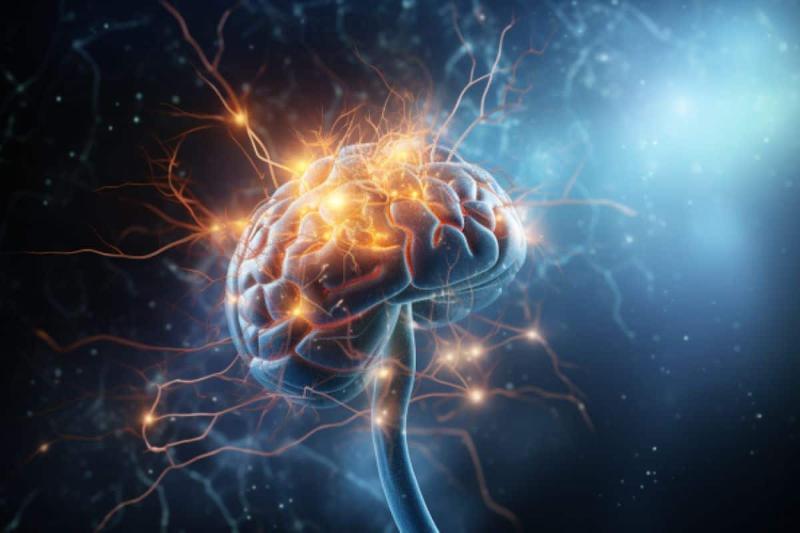In the realm of brain plasticity, the cortex has long been in the spotlight. However, groundbreaking research from the Netherlands Institute for Neuroscience reveals a hidden protagonist: the thalamus. Often considered a mere relay station, the thalamus has now emerged as a pivotal player in adult brain adaptability. Join me, Jessica Williams, as we delve into the fascinating world of the thalamus and its unexpected influence on sensory and motor information processing. Get ready to challenge your preconceptions and explore new therapeutic avenues.
The Thalamus: Unveiling its Hidden Potential
Explore the true nature of the thalamus and its role in adult brain plasticity.
Traditionally viewed as a mere relay station, the thalamus is now emerging as a key player in adult brain plasticity. Contrary to prior beliefs that focused primarily on the cortex, recent research highlights the thalamus's pivotal role in adapting sensory and motor information. Let's dive deeper into the fascinating world of the thalamus and uncover its hidden potential.
Unraveling the Thalamus-Cortex Connection
Discover the intricate relationship between the thalamus and the cortex in brain plasticity.
The thalamus and the cortex have long been considered interconnected in sensory processing. However, recent studies have shed light on their dynamic relationship in brain plasticity. By removing specific components in the thalamus, researchers have unraveled the influence of the thalamus on cortical plasticity. Let's delve into the fascinating interplay between these two brain regions and uncover their mutual impact on adaptive processes.
The Thalamus's Role in Adult Brain Adaptability
Explore how the thalamus contributes to neural plasticity in the adult brain.
While the thalamus has long been regarded as a relay station, recent experiments have demonstrated its active role in adult brain adaptability. By studying mice models, researchers have discovered that plasticity occurs in the adult thalamus and is crucial for alterations in the cortex. This newfound understanding challenges the conventional belief that plasticity mainly occurs in the cortex and opens up new possibilities for therapeutic interventions.
Therapeutic Implications: Expanding Treatment Approaches
Discover the potential therapeutic applications of targeting the thalamus in neurological conditions.
The newfound understanding of the thalamus's role in brain plasticity has significant implications for therapeutic approaches. Conditions such as lazy eye, traditionally attributed to cortical dysfunction, may also involve the thalamus. By shifting the focus from the cortex to include the thalamus, innovative treatment strategies can be developed. Let's explore the potential therapeutic applications of targeting the thalamus and its impact on neurological conditions.
Conclusion
The thalamus, once considered a passive relay station, has now emerged as a pivotal entity in adult brain plasticity. Contrary to prior beliefs that focused solely on the cortex, recent research has highlighted the thalamus's active role in adapting sensory and motor information. This newfound understanding opens up new possibilities for therapeutic interventions and challenges conventional notions of brain plasticity.
FQA :
What is the thalamus's role in brain plasticity?
The thalamus plays a crucial role in adult brain plasticity by actively participating in the adaptation of sensory and motor information. It is no longer viewed as a passive relay station but as a key player in neural plasticity.
How does the thalamus interact with the cortex in brain plasticity?
The thalamus and the cortex have a dynamic relationship in brain plasticity. Recent studies have shown that the thalamus influences cortical plasticity, and alterations in the thalamus can impact the adaptability of the cortex.
What are the potential therapeutic applications of targeting the thalamus?
Targeting the thalamus in neurological conditions, such as lazy eye, could lead to innovative therapeutic approaches. By expanding treatment strategies to include the thalamus, new possibilities for improving outcomes and addressing cortical dysfunctions may arise.

